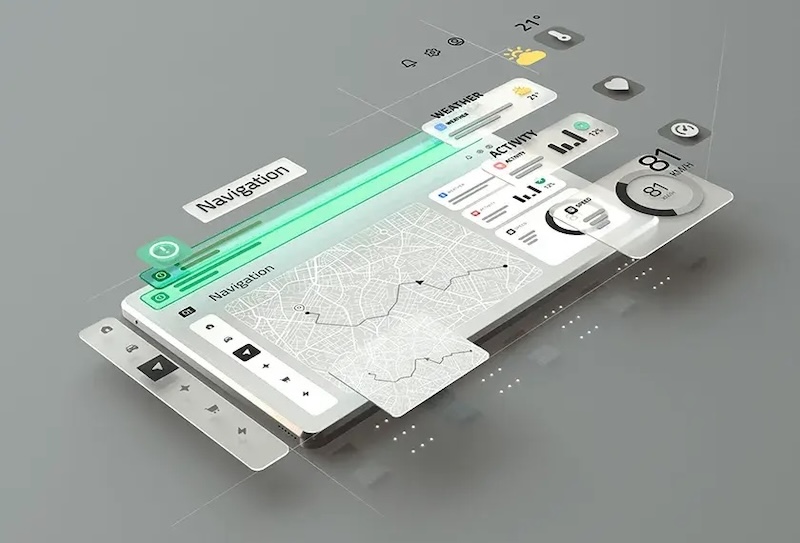Qt Group has launched a tool that automatically checks if programs using Nvidia’s accelerated computing follow safety rules for Nvidia CUDA coding.
CUDA (Compute Unified Device Architecture) is a parallel computing platform and programming model developed by Nvidia that allows developers to use Nvidia GPUs for general-purpose processing, not just graphics.
Launched in Axivion 7.11, the feature allows developers in safety-critical industries to more quickly build reliable, compliant applications that feature advanced graphics and AI for use cases like self-driving cars, medical scanners, and robots.
Nvidia CUDA is the leading GPU-accelerated computing platform, powering AI, deep learning, 3D graphics, and high-performance computing. Millions of software developers use it, including developers in industries with strict quality and safety requirements, from automotive and healthcare to industrial automation.
Recently, Nvidia published the CUDA C++ guidelines for robust and safety-critical programming to help developers enforce practices that improve the safety and robustness of the software that uses CUDA.
Axivion is a toolset for running static code analysis and architectural verification in C/C++. While version 7.10 added support for CUDA environments, 7.11 automates enforcement of Nvidia’s CUDA C++ coding guidelines.
This native support will allow companies to quickly validate their code against an industry-recognized standard in safety-certifiable projects. In the long run, this helps developers detect bugs earlier, minimize technical debt, and reduce compliance gaps across GPU-accelerated code.
Using Axivion for CUDA, developers can now:
- Automate checks of CUDA code against industry standard safety and security rules such as MISRA, CERT, Nvidia CUDA C++ coding guidelines, as well as custom company guidelines.
- Gain full traceability and evidence-based audit trails to detect problems early, including dead code, code duplication, unsafe dependencies and Freedom from Interference (FFI) across standard C++ and CUDA source code. This ensures compliance with strict safety standards like ISO 26262, IEC 62304, and IEC 61508.
- Ensure software architecture stays consistent and safe for use in regulated environments.
Juhapekka Niemi, senior vice president, Qt Group, says: “It is no longer enough for QA to identify bugs. Developers are now responsible for proving the absence of software erosion – that is, violations of policy today which could percolate from the developer’s desk into project code tomorrow.
‘With Nvidia CUDA C++ coding guidelines now generally available, CUDA developers have enforceable and standardized metrics for code safety and robustness to avoid software erosion.
“Axivion now automates that enforcement, so developers don’t have to stress about whether their code meets the safety rules – regardless of if they’re building new software or updating old systems.”
Axivion is already used across all regulated industries to automatically check software code and architectures for errors, complexity, and compliance with safety standards. Future updates will continue to enrich features related to areas like memory safety checks and data-flow analysis.

